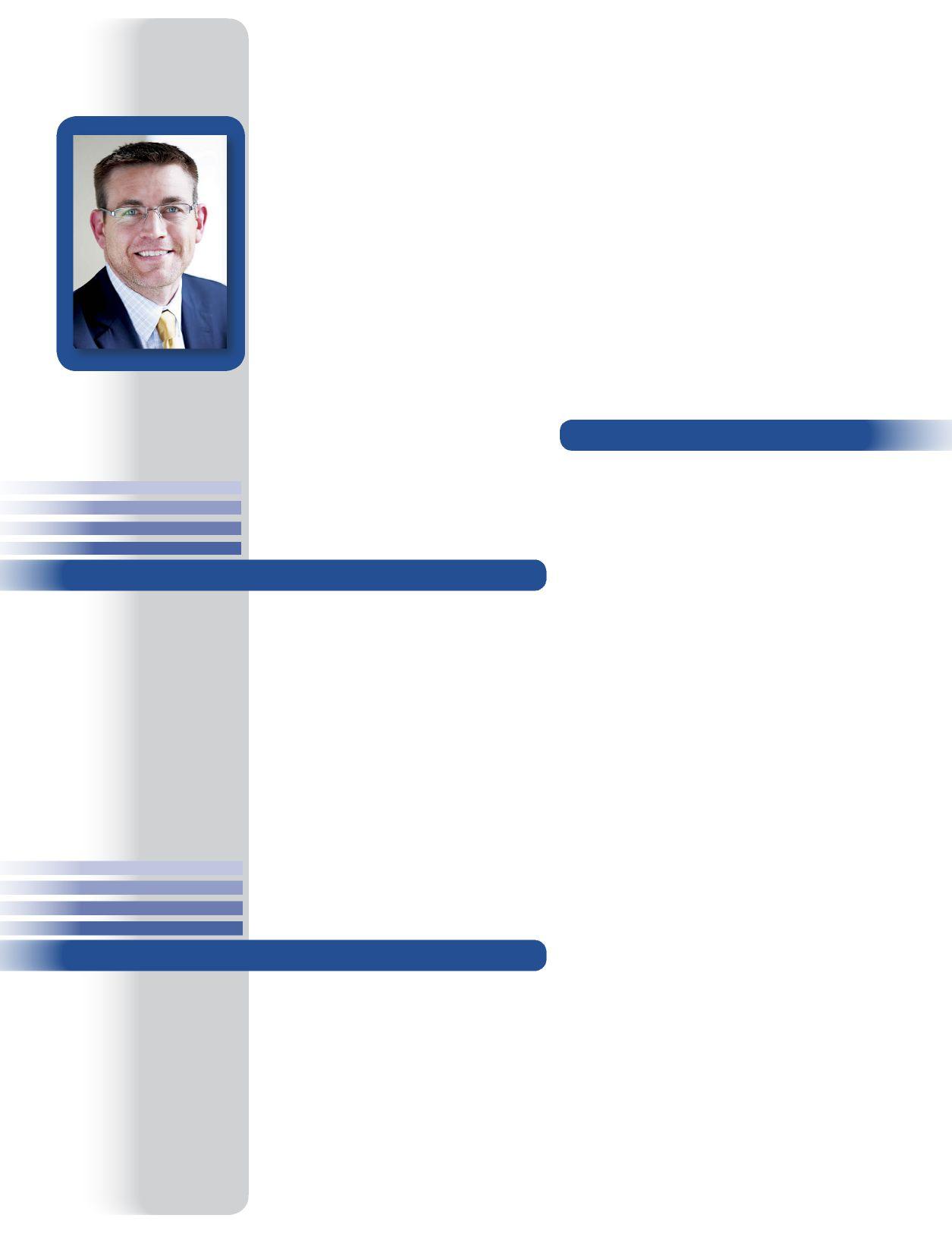
2 minute read
Mid-Year Planning Tips
BY JAY LIES
Many small business owners wait until the end of the year to assess their businesses and identify ways to improve on their financial performance. Yet, making time for a mid-year check-in — when you have a good idea of your business’ needs — might be one of the best actions to help your business save time and money and operate more efficiently in the long run. From preparing for quarterly taxes to managing cash flow and revising business plans, every business owner can benefit from a financial refresh. Below are three financial tips to help you stay on track the rest of the year.
Update Your Business Plan
Every small business should have a formal written business plan to help with decisions and strategic planning. If you don’t have one, or if your plan hasn’t been updated in a long time, now is a great time to consider writing or updating it. The process of putting your goals in writing will help you focus on long-term business objectives and the steps needed to achieve them. Business planning also can help identify current or future obstacles so you can better anticipate and avoid potential risks.
In addition, a business plan might be helpful for obtaining business financing. For example, lenders might require a formal business plan for a Small Business Administration loan, some larger business loans and lines of credit. Wells Fargo offers a free, online Business Plan Center that includes a tool to create or update a written business plan.
Estimate Taxes
As a small business owner, you’re responsible for filing your business taxes on a quarterly basis. If you don’t already, establish a separate bank account and use it to set aside a monthly amount toward estimated taxes.
Also, keeping business checking and credit accounts separate from personal accounts can help you maintain accurate and complete records of all business-related income and expenses, and can help plan accordingly for when tax payments are due. If you’re unsure about your estimated tax obligations, consult a tax specialist. They can also help you properly track and record your earnings and deductions.
Recharge Cash Flow
Business owners know there are two essentials to keep a business running: profits and available cash. One best practice is to check your business cash flow every week. Focus on the timing of income and expenses to identify potential gaps and plan ahead to determine how much cash you'll need to cover potential challenges. Nearly every small business will face a time when it needs more cash than it has on hand. You might want to consider a business line of credit to help bridge any gaps your business encounters in cash flow. For instance, when taxes are due, you might want to use a line of credit to help keep cash flow constant and cover ongoing expenses, while paying down tax debts.
Consider making time to meet with your banker for a financial review that includes an assessment of your credit needs. A banker can walk you through the available business financing options and help you choose the proper ones. Remember, the more you talk about your business, needs and goals, the better guidance you’ll receive.
Whether summer is your busiest time of year or your slow season, it’s a good idea to conduct a mid-year financial review. Taking time now can help you stay ahead of the curve and make the most of the remainder of the year. PB
Jay Lies Wells Fargo Business Banking Manager Fargo-Moorhead, Grand Forks 701.293.4327











